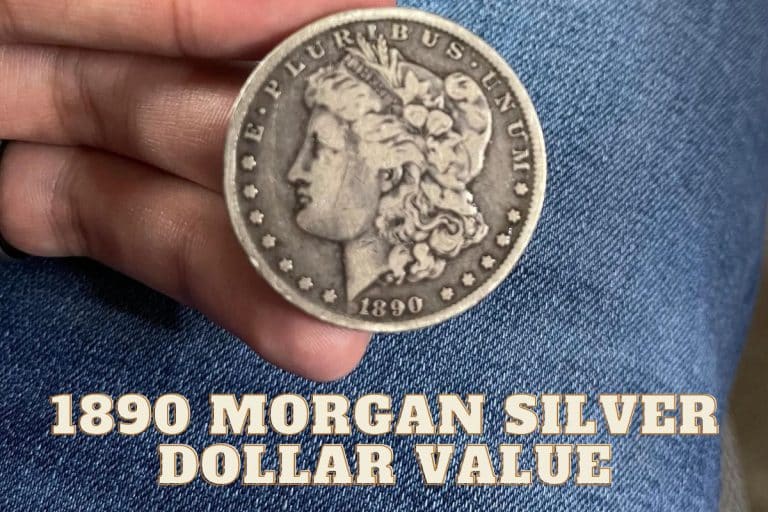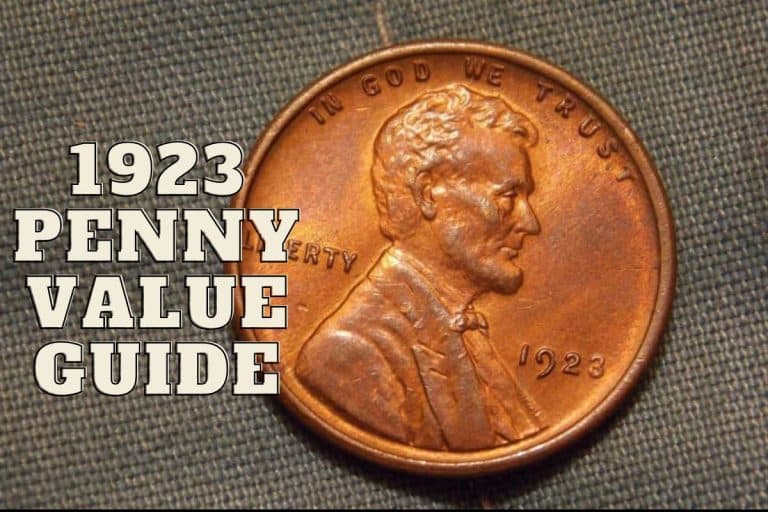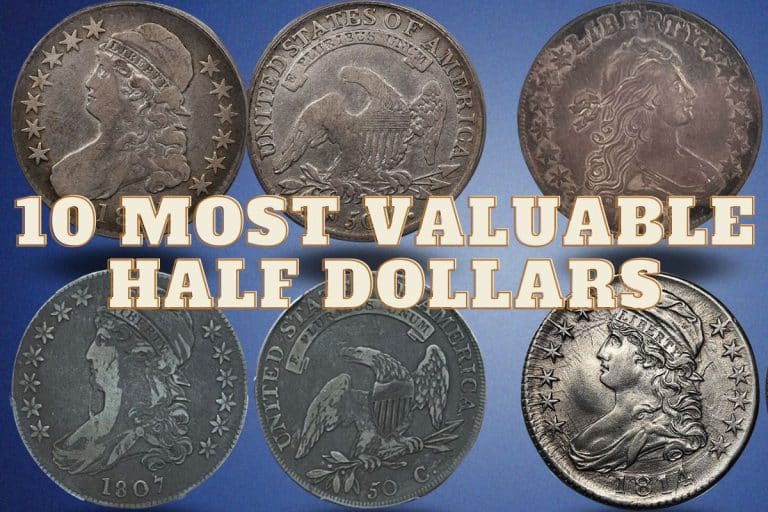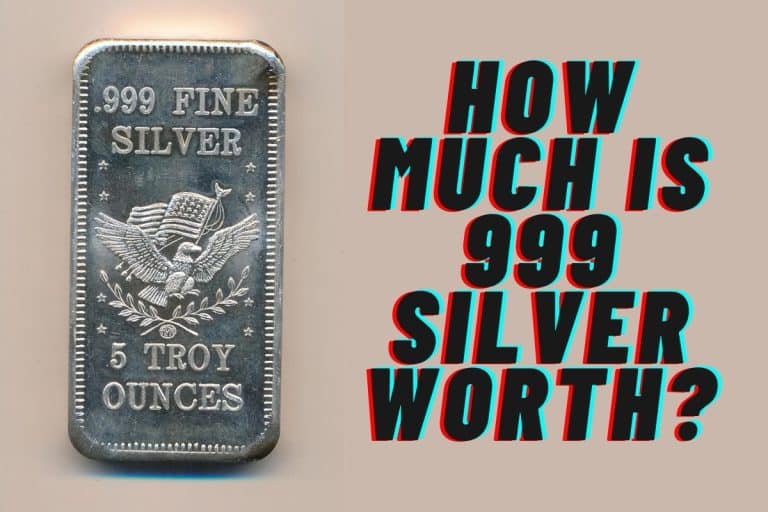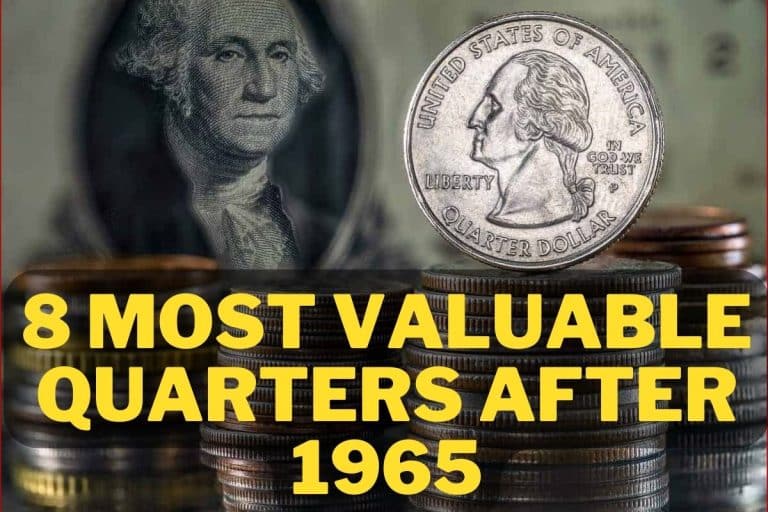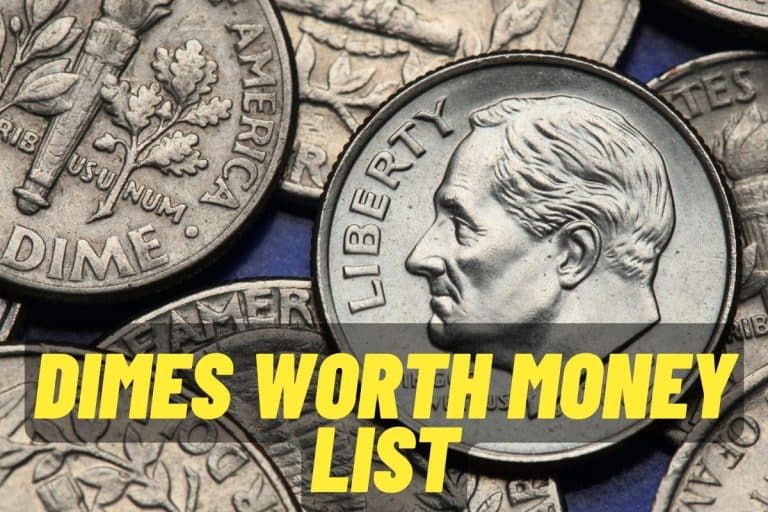The 1889 silver dollar, produced in 1878, was among a series of other Morgan silver dollars. Since they have high silver content, they are both rare and gorgeous. What is the 1889 silver dollar value? Continue reading to find out more!
With a total output of 21,726,000, 1889 Morgan silver dollars were the most produced at the Philadelphia mint between 1878 and 1904. The passing of the 1918 Pittman Law and the 1942 Silver Act resulted in the melting of these silver dollars, which are rare. If you are curious about the 1889 Silver dollar value, this article is for you!
1889 Silver Dollar Value by Different Types

The value of an 1889 Silver Dollar is not surprising, as even those in poor condition sell for at least $20. A coin in decent condition is worth $30 to $60. The value of the coin can increase based on its grade and rarity, reaching several hundred or even thousands of dollars. The uncirculated 1889 silver coins can reach tens of thousands of dollars.
The details are as follows:
1889 Non-Mint Silver Dollar
In 1889, the Philadelphia mint released 21,726,000 “Morgan silver dollars” without a mint mark. Depending on its condition, you may purchase this coin from the market for anywhere from $25 and $45 at present. Some of the highest values are for those that are in uncirculated condition.
You should know that the condition of a Morgan determines its value, so don't base your decision on the average price. So, a piece in poor condition would fetch less than $10, while a dollar in pristine condition might fetch more than $200.
The value of a non-mint-proof silver dollar in PR 63 condition is more than $3,000, but since Philadelphia minted only 811, it is quite a unique piece.
1889 S Silver Dollar
The Treasury issued numerous new coins from the late 1930s through the 1950s, and the market flooded with uncirculated dollars. Although this is the case, all grades of these dollars remain in high demand.
Collectors are always on the lookout for coins in mint condition, and those with high luster are often the ones that are the best struck.
1889 Silver Dollar Proofs
Even though the silver dollar proofs are hard to come by and higher-grade coins are scarce from this mint, extra fine examples are readily available.
If you're patient, you can get a Morgan silver dollar from 1889 graded MS64 for $1,120. The highest price at auction was $16,450, set for the most stunning MS 66+ coin ever discovered.
1889 O Silver Dollar
In 1889, New Orleans produced 11,875,000 Morgan silver dollars, most of which the Treasury issued into circulation. However, some coins remained in the Treasury's vaults for later distribution.
Lower-quality examples of these coins are common, but a high-quality specimen with a decisive strike and appealing sheen is more challenging. After the Treasury stopped its supply of dollars in the early 1960s, some ended up in a few bags.
Consequently, a Morgan silver dollar from 1889 in MS 63 values $390, while an MS 65 coin will set you back at least $2,800. Auction results for a single Morgan Silver Dollar grading MS66+ showed a remarkable $44,650.
1889 CC Silver Dollar
The 1889 cc silver dollar is scarce but much sought after by collectors. Carson City only manufactured 350,000 Morgan’s, and after a century, their population shrunk, making the remaining dollar coins extremely costly. Because of their scarcity and inclusion in a widely admired series of American coins, their worth has skyrocketed in recent years.
Which are the Varieties of the VAM?
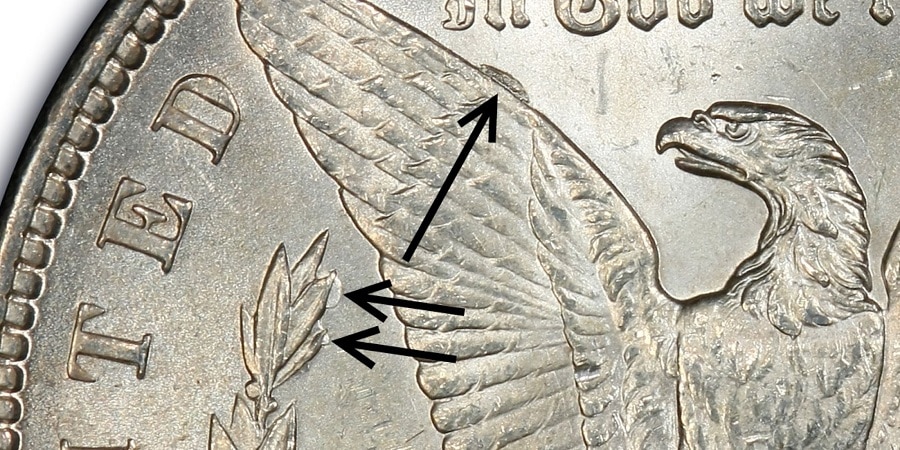
Since the minting process is not faultless, almost every Silver dollar type has at least a few coins with imperfections. Collectors place an inconceivably high value on these VAM variations, which drives up their already exorbitant prices. Some of the most popular 1889 VAMs include:
- VAM-19A, which features a double reverse and an unusual casting break at the top of the eagle's right wing. It has the highest value of this type of coin – $2,350
- VAM-28 features a silver dollar with a date shift and a peculiar doubling of the ears. Its current auction record was $528 in 2017.
- VAM-23A is a well-known variety because of the several crashes shown on the coin's reverse side and the tilted date mark. The auction price was around $100.
Which Conditions Affect The Grading Of The 1889 Silver Dollar?

Uncirculated coins have no signs of wear or contact and shine brilliantly in various colors. Due to their scarcity, they are highly sought after by collectors. For $50, you can get an 1889 silver dollar graded MS60, while an MS65 coin would set you back between $200 and $1,350.
A coin with an extra fine grade has only been in circulation for a short period and shows only minor indications of wear, such as small surface scratches.
To be considered “Fine,” a coin must show obvious indications of usage from being used for a significant amount of time. However, if it doesn't have a mint mark, it's worth less than $30.
The lowest possible collectible grade, Good,” is reserved for coins in relatively good condition. The silver dollar must have been in circulation for quite some time, making it seem worn with lots of scratches and just a faint outline of Lady Liberty.
What’s The History Of The 1889 Silver Dollar?
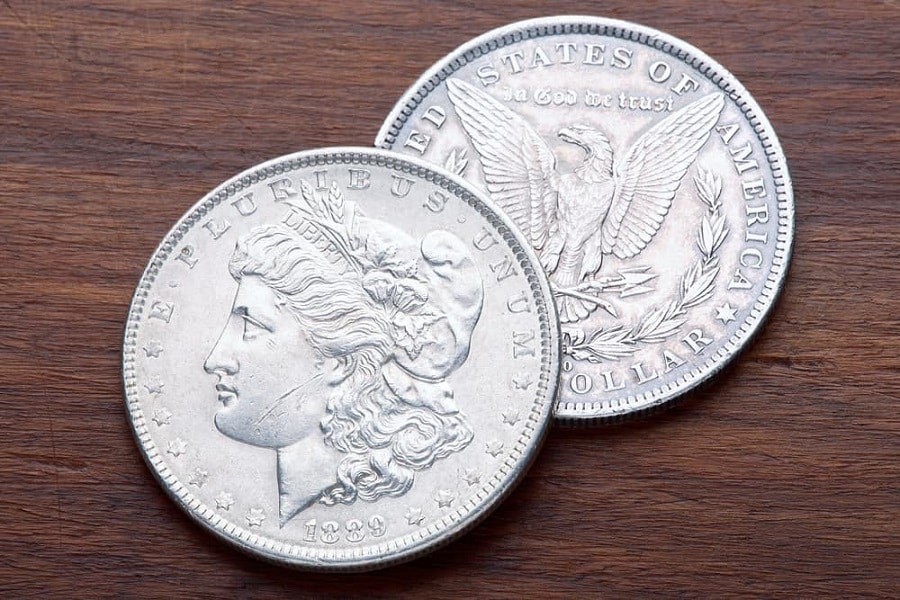
George T. Morgan designed the silver dollars minted from 1878 until 1904. In 1921, the Treasury reissued the silver dollar, and a new, updated design was introduced in 2021 and is still in use today.
Under the supervision of the Bland-Allison Act, enacted in 1878, the minting of the 1889 silver dollar began. The act mandated monthly silver purchases by the Treasury of $2 million to $4 million.
The mints in San Francisco, Carson City, and Philadelphia produced the 1889 silver dollar. Luckily, after 1890, the Treasury was allowed to get more silver to mint the silver dollars thanks to the Sherman Silver Purchase Act.
Which Features Does the 1889 Silver Dollar Have?
On the head of the silver dollar, stars frame an image of Liberty representing the United States. The term “E pluribus Unum,” which means “From the many, one “appears at the top.
The eagle, a symbol representing the United States as a whole, is featured on the coin's reverse side. The eagle seems like it's sitting atop a bundle of arrows, wings spread wide. The United States appears at the top, and “One dollar” appears at the bottom, all around the border. Above the eagle's head is the phrase “In God we trust,” written in Gothic font.
Conclusion
If you're considering buying some 1889 Silver Dollar to add to your collection, you should realize that the value of Morgan silver dollars is affected by more than just the price of silver. Silver dollar values are also affected by the variety of grades available, from exceedingly fine to good.

